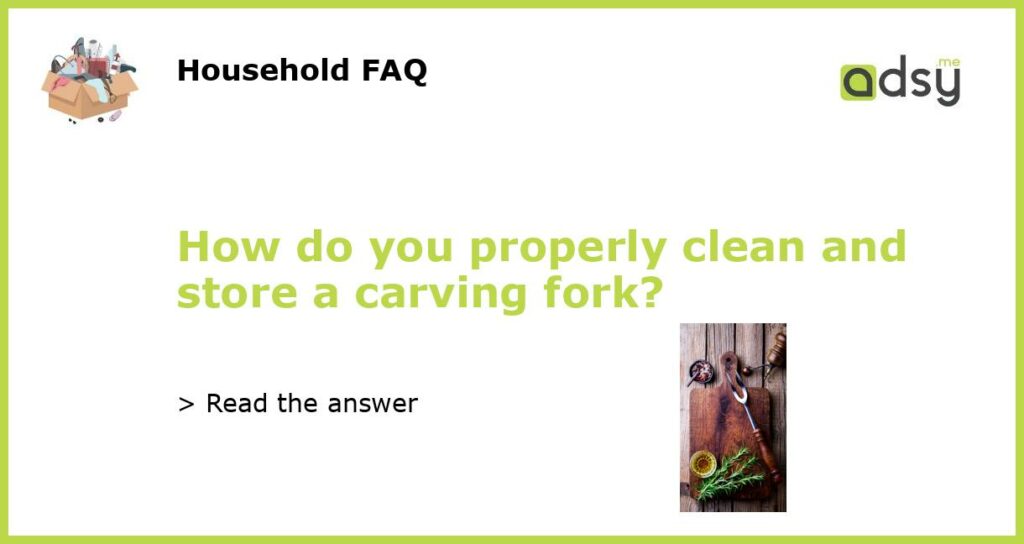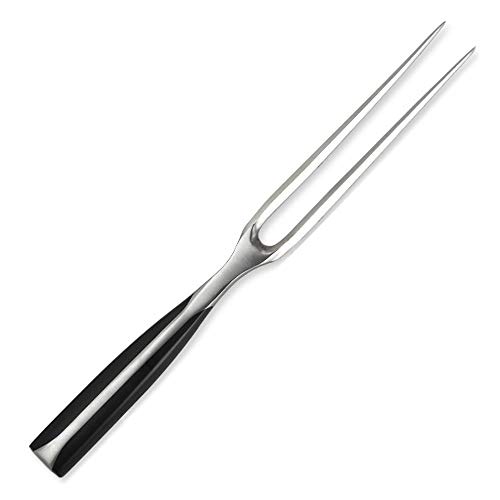Why Cleaning and Storing a Carving Fork is Important
A carving fork is a kitchen tool that is often used to hold meat steady while it is being carved. Given that it is in direct contact with the meat, it is important to properly clean and store it to prevent any bacterial growth, cross-contamination or damage to the tool. Here are some tips on how to properly clean and store a carving fork to ensure its longevity and efficiency:
Step-by-Step Guide on Properly Cleaning a Carving Fork
The following are steps to follow when cleaning a carving fork:
- First, rinse the fork in warm water to remove any food particles that might be stuck in between the tines.
- Next, add a few drops of dish soap and gently scrub the fork with a soft sponge or brush. It’s important not to use anything too abrasive to avoid scratching the surface of the fork.
- Rinse the fork off thoroughly with warm water to ensure that all of the soap residue is removed.
- Pat the fork dry with a clean towel.
- Finally, allow the fork to air dry completely before storing it.
Proper Storage of a Carving Fork
It is important to properly store a carving fork to protect it from damage and prevent any cross-contamination. Here’s how:
- Ensure that the fork is completely dry before storing it away. Any moisture left behind can lead to bacterial growth and rust.
- Store the fork in a clean and dry place. Absorbent materials, such as paper towels or plastic bags, should be avoided since they can cause moisture build-up and promote bacterial growth.
- Consider investing in a fork sheath or a utensil holder to keep the fork protected and easily accessible.
Additional Tips for Properly Cleaning and Storing a Carving Fork
Here are some additional tips to keep in mind when cleaning and storing your carving fork:
- Do not use bleach or other abrasive cleaning products, as they can damage the surface of the fork.
- Always clean the fork after each use to prevent bacterial growth and cross-contamination.
- Consider using a dishwasher for cleaning the fork, but ensure all food particles are removed before loading the fork into the dishwasher.
- Never put a wet or damp carving fork into storage, as it can lead to moisture build-up and bacterial growth.
The Bottom Line
A carving fork is an important tool in the kitchen, and it’s important to keep it clean and properly stored to maintain its efficiency and longevity. Follow these simple cleaning and storage tips to keep your carving fork in tip-top shape for all of your cooking needs.






